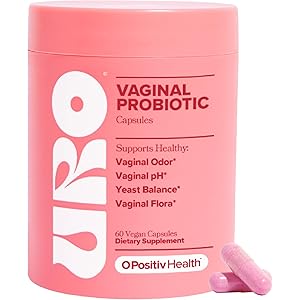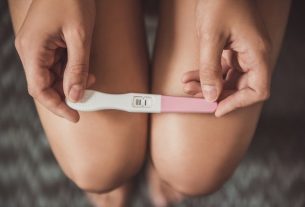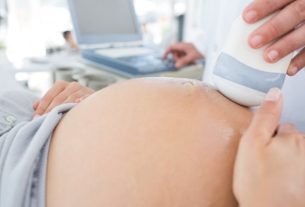Childbirth can occur in two ways, which are normal birth, which is considered the only natural way to give birth in which the baby is born through the vaginal canal, and cesarean section birth, which consists of surgery performed in the hospital in The obstetrician makes a cut in the abdominal region to allow the baby to be born.
Normal birth has a faster recovery time, the mother’s risk of infection is lower and the baby also has less risk of respiratory problems. However, a cesarean section may be the best option when there is a risk of complications for the woman or baby, such as gestational diabetes, or emergency situations, such as uterine rupture or placental infection, for example.
The choice of the type of birth must always be guided by the obstetrician, taking into account the woman’s wishes, as well as the general health of the mother and baby, in addition to the risks related to each type of procedure.

Differences between normal birth and cesarean section
Normal birth and cesarean section vary in terms of labor and the postpartum period. Therefore, see the main differences between the two types of birth in the table below:
Furthermore, in cases of natural birth, as the woman does not feel as much postpartum pain as during a cesarean section, it may be easier for her to care for her baby. However, women who require an episiotomy during natural birth may experience post-operative pain, just as in cases of cesarean section. Understand what episiotomy is and when it is indicated.
A woman may not feel pain during a natural birth if she receives epidural anesthesia, which is a type of anesthesia that is given in the lower back so that the woman does not feel pain during labor and does not harm the baby. Find out more about epidural anesthesia, when it is indicated and how it is done.
When a cesarean section may be indicated
A cesarean section can be scheduled by the obstetrician in advance even if there are no complications or risks for the mother or baby, as long as it is the woman’s wish. However, a cesarean section may be indicated when the woman has gestational diabetes or prolonged labor without complete dilation, but it can also be done in emergency situations such as eclampsia or pre-eclampsia, uterine rupture or placental infection, for example. .
Furthermore, other situations that have absolute indications for cesarean section are chronic kidney disease or lung disease. In these cases, even if the parents want a natural birth, a cesarean section is the safest option and is recommended by doctors. See other situations in which a cesarean section is indicated.





